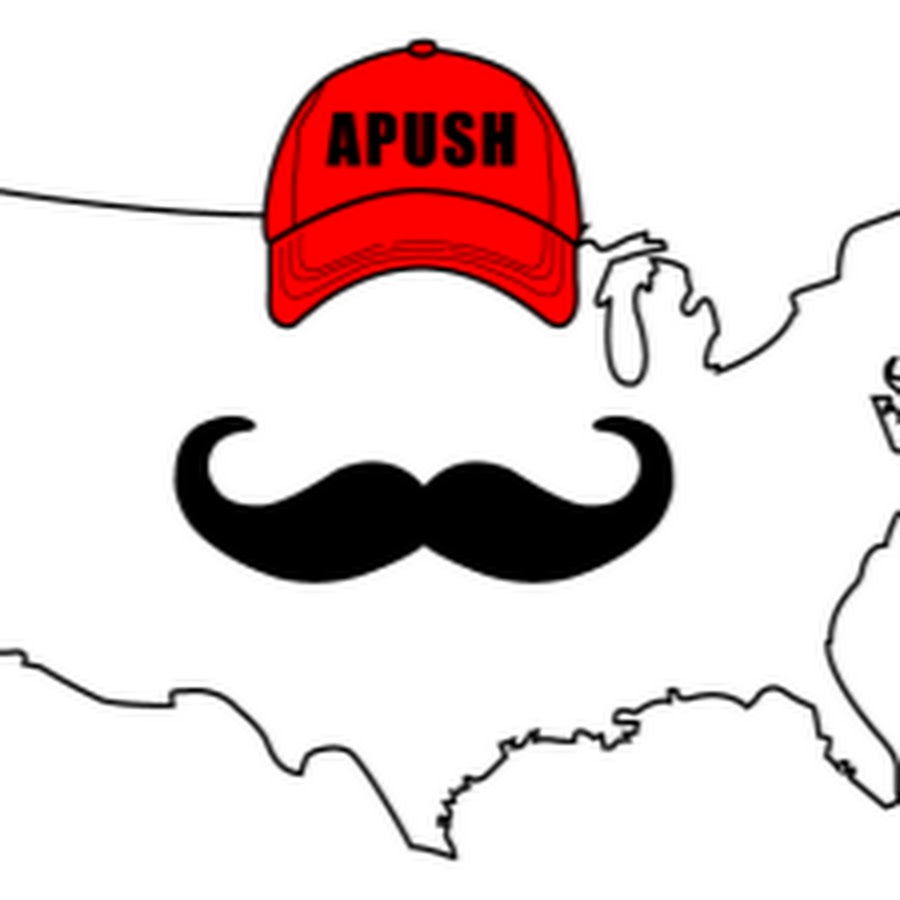Unit 7 covers a pivotal time period in U.S. history that stretches from the lead up to World War I to the end of World War II.
During this period, the Second Industrial Revolution continued to affect the fabric of U.S. society in deep and lasting ways. More people lived in the cities than in the countryside for the first time in U.S. history. Cities were overcrowded, dangerous, and politically corrupted. Progressives tried to reform urban conditions through a combination of social measures and government action. Most of these reformers were women, but the individual causes supported by Progressives were incredibly varied. Some supported specific social issues such as prohibition, while others advocated for immigration or women's suffrage.
The Progressive Era was helped by "muckraker" journalists who widely publicized the difficult conditions faced by immigrants, the urban poor, and the disenfranchised. Upton Sinclair’s The Jungle and Jacob Riis’s How the Other Half Lives are two of the strongest examples of this approach.
While addressing these social issues, the United States was also struggling through the Great Depression. President Roosevelt addressed the rising unemployment and social upheavals by developing a limited welfare state under his New Deal program. The New Deal used government power to end the depression through a combination of direct aid, employment aid, and infrastructure spending. Large portions of the program were eventually overturned, although some—like Social Security—remain to this day.
Period 7 also includes the incredible changes in technology and society that took place in the early twentieth century. During this time period, mass entertainment like movies helped create a sense of shared culture. Harlem Renaissance authors created a new, distinctly African American movement. Sports such as baseball became part of the national identity. Americans were becoming increasingly united through entertainment, literature, and media.
All of these changes in U.S. domestic policy and society took place against a backdrop of increasing U.S. involvement in international affairs. Some parts of the U.S. population, called imperialists, felt that the United States should lead the world through a combination of geographic spread, military strength, and ideological adherence to the principles of democracy. They were opposed by anti-imperialists, who felt that countries should have the right of self-determination. By the time Woodrow Wilson argued that the United States should enter World War II on humanitarian grounds the debate had been going on for decades. The United States retreated into relative isolation after that experience. They were only drawn into World War II after the Japanese attack on Pearl Harbor. After the Allied victory in World War II, the United States rose to a position of international dominance.






